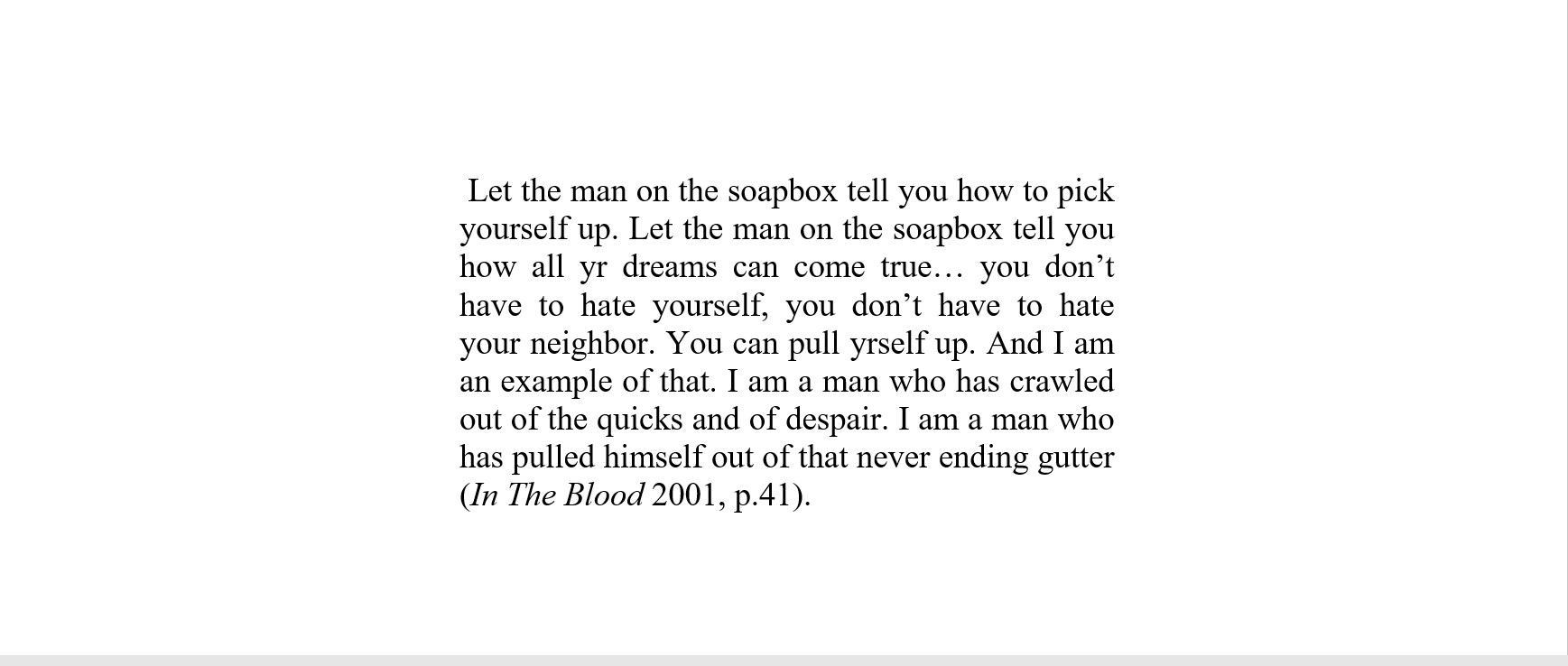The Depiction of African American Women in Suzan-Lori Parks’ In the Blood
DOI:
https://doi.org/10.21271/zjhs.27.6.27Keywords:
African American Women, In the Blood, Suzan -Lori ParksAbstract
African American women are depicted in various stereotypes that are well-known to the American public. They are perceived from others’ perspectives in various historical and literary discourses. This paper scrutinizes the characterization of Hester, in Parks’s In the Blood, as an unmarried woman with five fatherless children, as a no-count, hussy, and slut. Using Patricia Hill Collins’ ideas, mainly her arguments in her book Black Feminist Thought, the study delineates the purpose behind the creation of Hester as a slut. Parks demonstrates that Black women are more likely to be abused because of their racial and sexual identities, which are socially constructed to maintain the dominance of the powerful group and to uphold black cultural inferiority. She claims that because of their socioeconomic status, they are more likely to be sexually abused and objectified. She thus challenges the stereotype of African American women as slut, hypersexual, and indolent welfare queens.
References
-Anderson, Lisa M.(2008) Black Feminism in Contemporary Drama. Chicago: University of Illinois Press.
-Augustyn, Adam. (2020) “chorus,” Encyclopedia Britannica. http://britannica.com/art/chorus-theatre . Accessed on March 18, 2023.
-Bressler, Charles E. (2011) Literary Criticism: An Introduction to the Theory and Practice. 5th. Ed. New York: Longman.
-Collins, Patricia Hill. (2000) Black Feminist Thought: Knowledge Consciousness and the Politics of Empowerment. 2nd ed. , New York: Routledge.
-Dietrick, Jon. (2010) “A Full Refund Aint Enough”: Money in Suzan-Lori Parks’s Red Letter Plays, In:Kolin, Philip C. (ed.)Suzan-Lori Parks: Essays on the Plays and Other Works. Jefferson: McFarland &Company, Inc, pp.88-102.
-Fraden, Rena.(2007) Suzan-Lori Parks Hester Plays: “In the Blood and Fucking A” ,The Massachusetts Review, 48 (3), (Fall, 2007), pp. 434-454.
-Jewell, K.S. (1993). From Mammy to Miss America and Beyond: Cultural Images and the Shaping of U.S. Social Policy. New York, NY: Routledge.
-Jones, C., & Shorter-Gooden, K. (2003). Shifting : The Double Lives of Black Women in America. New York: HarperCollins.
-Jordan- Zachery, Julia S. (2009) Black Women, Cultural Images and Social Policy. New York: Routledge.
-Morton, Patricia.(1991) Disfigured Images: The Historical Assault on Afro-American Women. Westport, CT: Praeger.
-Park, Yong Nam. (2008) Urban Hester as a ‘Vagabond’ and the Queen of Subjectivity in Suzan-Lori Parks In the Blood, Journal of American Studies, 40 (1), pp. 120-147.
-Parks, Suzan-Lori.(2001) The Red Letter Plays. New York: Theatre Communication Group.
-Porter, Nancy Taylor.(2017) Violent Women in Contemporary Theatres: Staging Resistance. Springer International Publishing AG: Switzerland.
-Schafer, Carol.(2008) Staging a New Literary History: Suzan Lori Parks’s Venus, In the Blood, and Fucking A, Comparative Drama, 42 (2), pp. 181-203. www.jstor.org.
-Thompson, Debby.(2007) Digging the Fo’-fathers: Suzan-Lori Park’s histories, In: Kollin, Philip C.(ed.) Contemporary African American Women Playwrights: A Casebook. New York: Routledge,pp.167-184.
-Young, Harvey. (2007) Choral Compassion: In the Blood and Venus, In: Wetmore Jr, Kevin J and Smith-Howard, Alycia.(eds.) Suzan-Lori Parks: A Casebook. New York: Routledge.

Downloads
Published
How to Cite
Issue
Section
License
Copyright (c) 2023 Snoor Ismael Mahmood, Saman Hussein Omar

This work is licensed under a Creative Commons Attribution-NonCommercial-ShareAlike 4.0 International License.
Except where otherwise noted, content on this site is licenced
under a Creative Commons Attribution License 4.0 (CC BY- 4.0)









